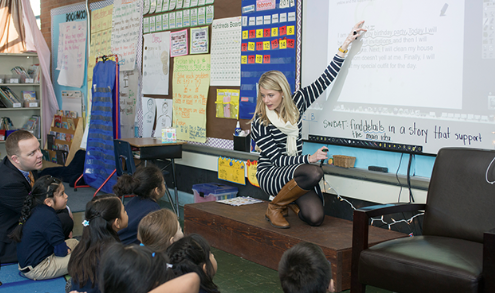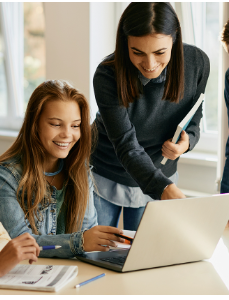Introduction
Personalized learning is often associated with individualized instruction, but it also plays a powerful role in building community within the classroom. By honoring each student’s identity, strengths, and learning path, personalized learning fosters an inclusive environment where collaboration, empathy, and mutual respect thrive. When learning is personal, relationships grow stronger, and a shared sense of purpose emerges.
1. Valuing Student Identity and Voice
Personalized learning begins with recognizing each student as a unique individual. When students see their interests, cultures, and goals reflected in their learning experiences, they feel valued and included. This sense of belonging strengthens classroom connections and creates space for all voices to be heard.
2. Encouraging Collaborative Learning
While personalized learning supports individual needs, it also promotes collaboration. Group projects, peer feedback, and shared inquiry experiences help students learn from each other. These interactions build communication skills, deepen understanding, and foster a supportive peer network.
3. Fostering Respect and Empathy
Learning about each other’s perspectives, challenges, and strengths cultivates empathy. In personalized learning environments, students are encouraged to share their journeys and celebrate their peers’ achievements. This nurtures a culture of kindness, respect, and encouragement.
4. Creating Shared Goals and Purpose
Even as students pursue personalized learning paths, shared classroom goals can unite them. Class-wide projects, service-learning initiatives, or thematic units offer opportunities for collective success. Working toward common goals builds a sense of unity and pride.
5. Strengthening Teacher-Student Relationships
Personalized learning involves ongoing dialogue between teachers and students. Regular check-ins, mentoring sessions, and goal-setting conferences build trust and deepen connections. When students feel supported by their teachers, they are more likely to engage and participate meaningfully in the classroom community.
6. Involving Families and the Broader Community
Families can contribute to the sense of community by sharing cultural traditions, career experiences, or participating in school events. Personalized learning plans that involve family input reinforce learning at home and create a strong school-home partnership.
Conclusion
Personalized learning is not just about tailoring content—it’s about creating a classroom where everyone feels seen, heard, and connected. By fostering student voice, collaboration, and shared purpose, personalized learning helps build a vibrant, inclusive community that supports academic success and personal growth for all learners.














